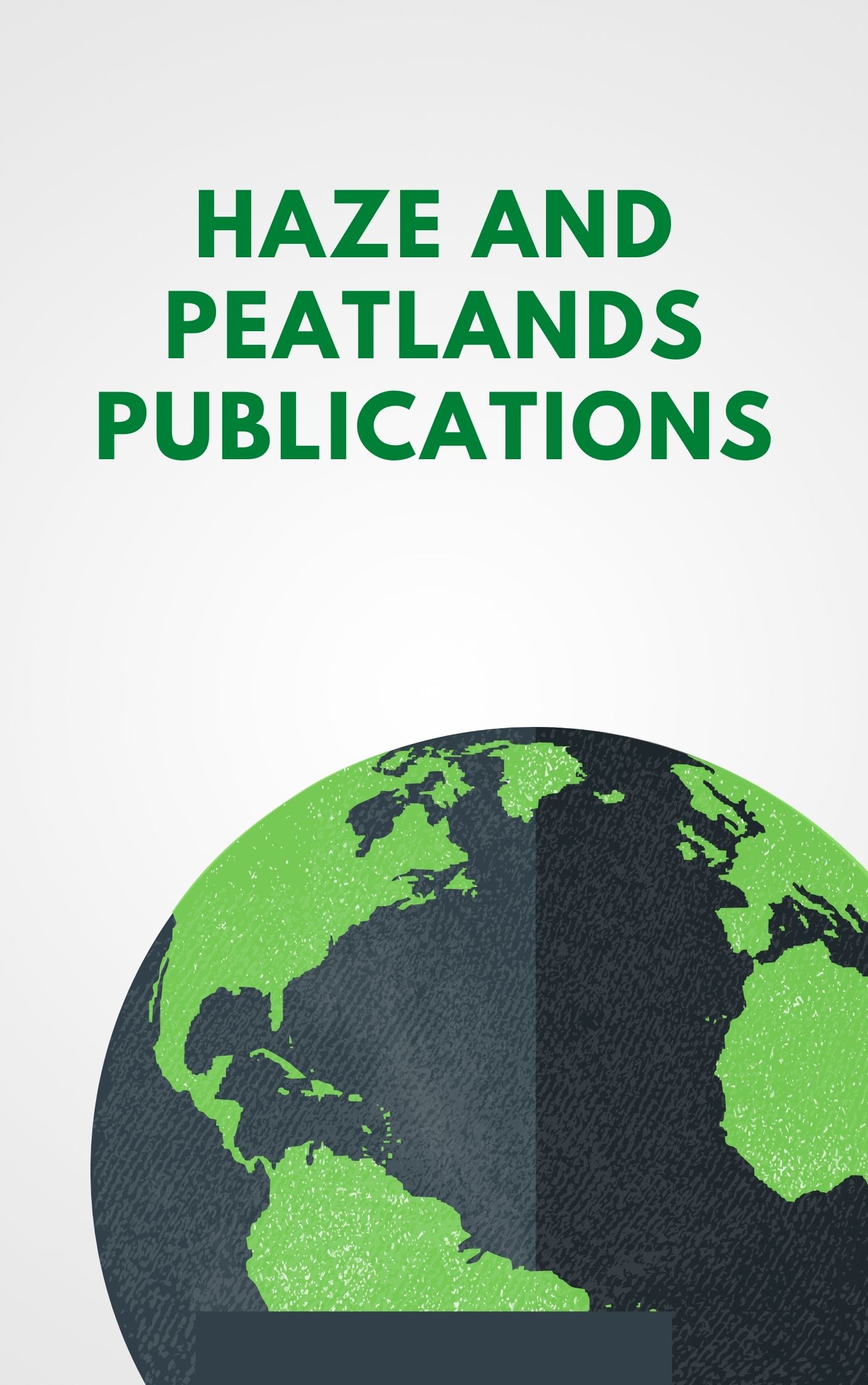Carbon emissions from drained peatlands converted to agriculture in South-East Asia (i.e., Peninsular Malaysia, Sumatra and Borneo) are globally significant and increasing. Here, we map the growth of South-East Asian peatland agriculture and estimate CO2 emissions due to peat drainage in relation to official land-use plans with a focus on the reducing emissions from deforestation and degradation (REDD+)-related Indonesian moratorium on granting new concession licences for industrial agriculture and logging. We find that, prior to 2010, 35% of South-East Asian peatlands had been converted to agriculture, principally by smallholder farmers (15% of original peat extent) and industrial oil palm plantations (14%). These conversions resulted in 1.46-6.43 GtCO(2) of emissions between 1990 and 2010. This legacy of historical clearances on deep-peat areas will contribute 51% (4.43-11.45 GtCO(2)) of projected future peatland CO2 emissions over the period 2010-2130. In Indonesia, which hosts most of the region's peatland and where concession maps are publicly available, 70% of peatland conversion to agriculture occurred outside of known concessions for industrial plantation development, with smallholders accounting for 60% and industrial oil palm accounting for 34%. Of the remaining Indonesian peat swamp forest (PSF), 45% is not protected, and its conversion would amount to CO2 emissions equivalent to 0.7%-2.3% (5.14-14.93 Gt) of global fossil fuel and cement emissions released between 1990 and 2010. Of the peatland extent included in the moratorium, 48% was no longer forested, and of the PSF included, 40%-48% is likely to be affected by drainage impacts from agricultural areas and will emit CO2 over time. We suggest that recent legislation and policy in Indonesia could provide a means of meaningful emission reductions if focused on revised land-use planning, PSF conservation both inside and outside agricultural concessions, and the development of agricultural practices based on rehabilitating peatland hydrological function.
View source

